1973 deTomaso Pantera
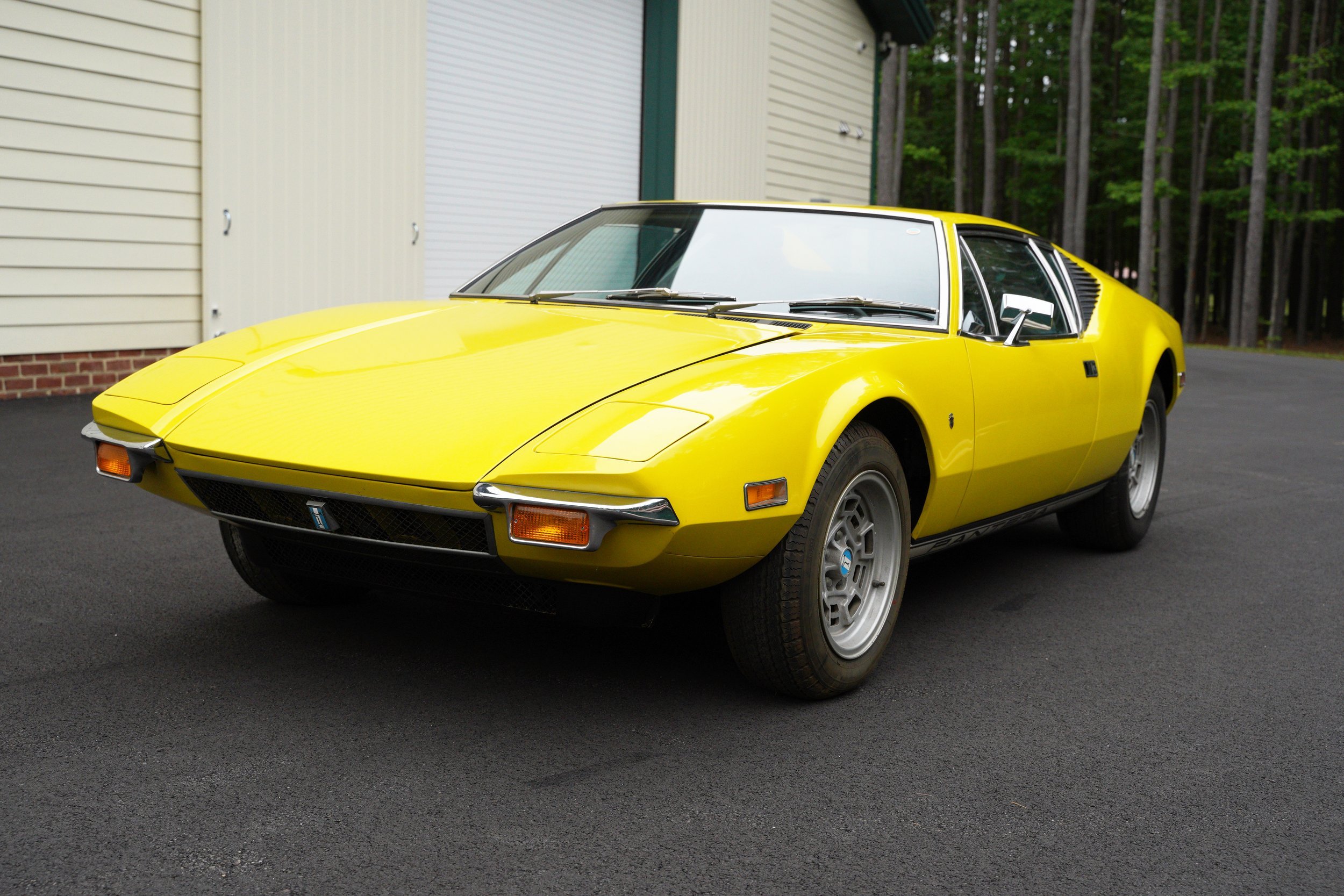
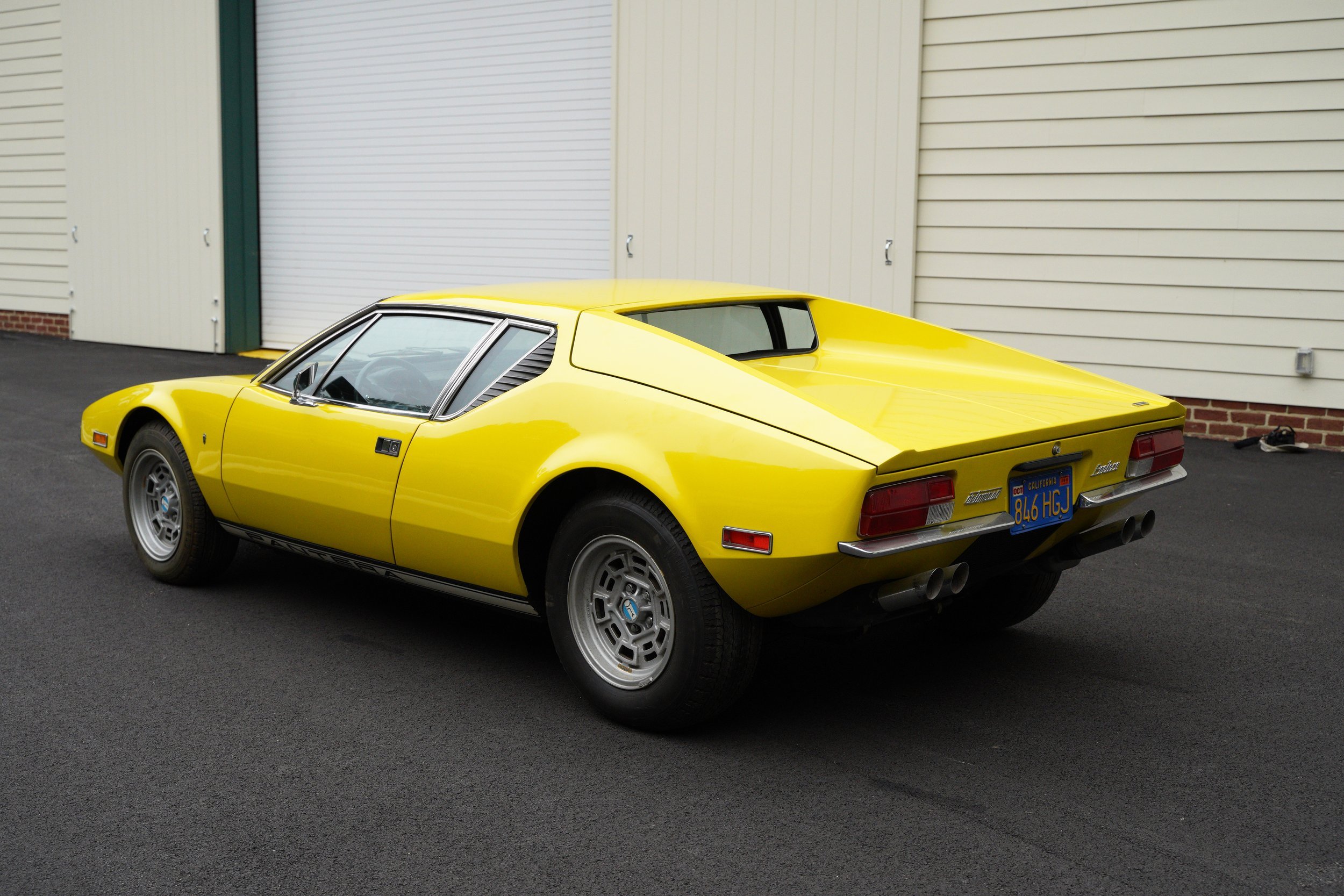
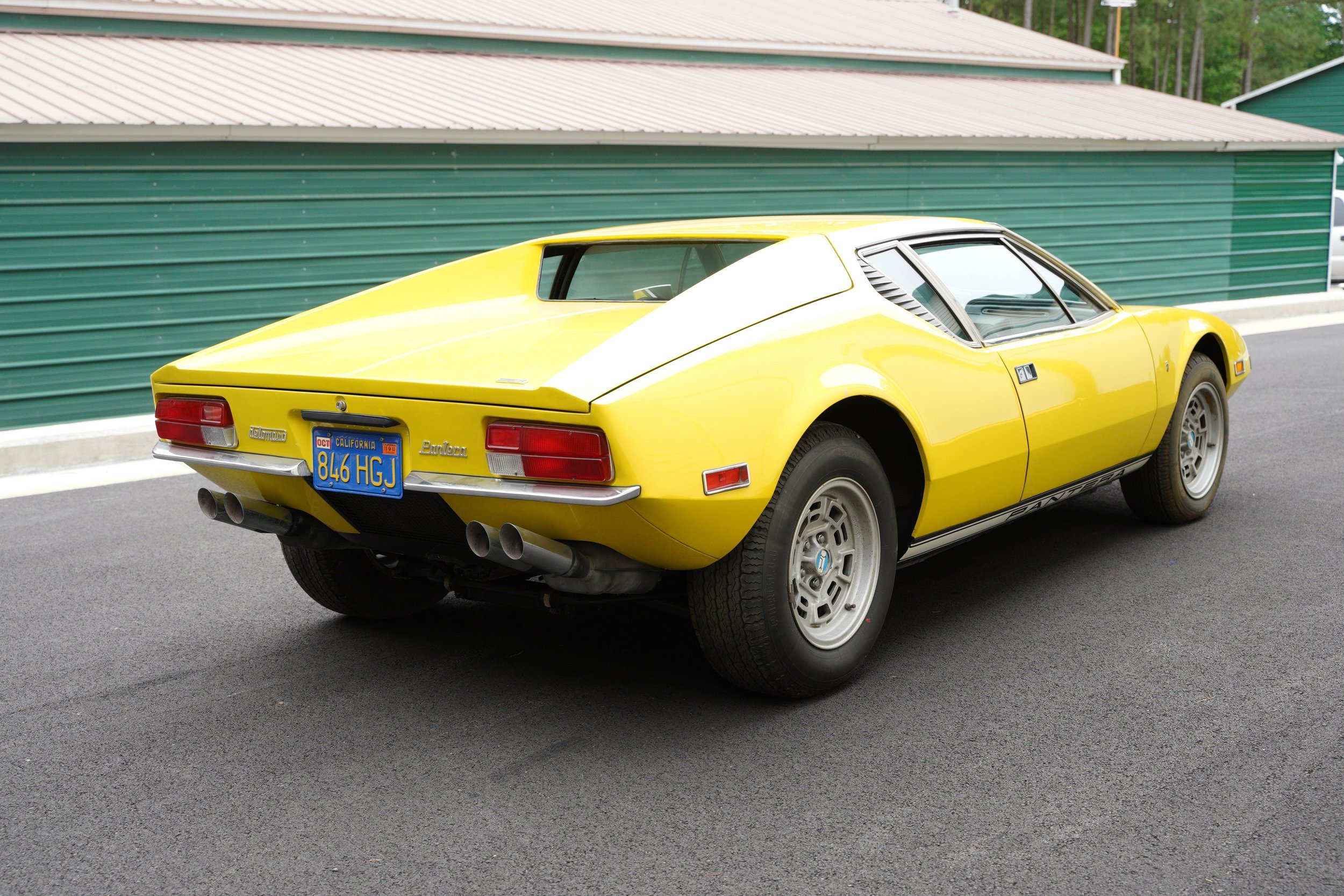
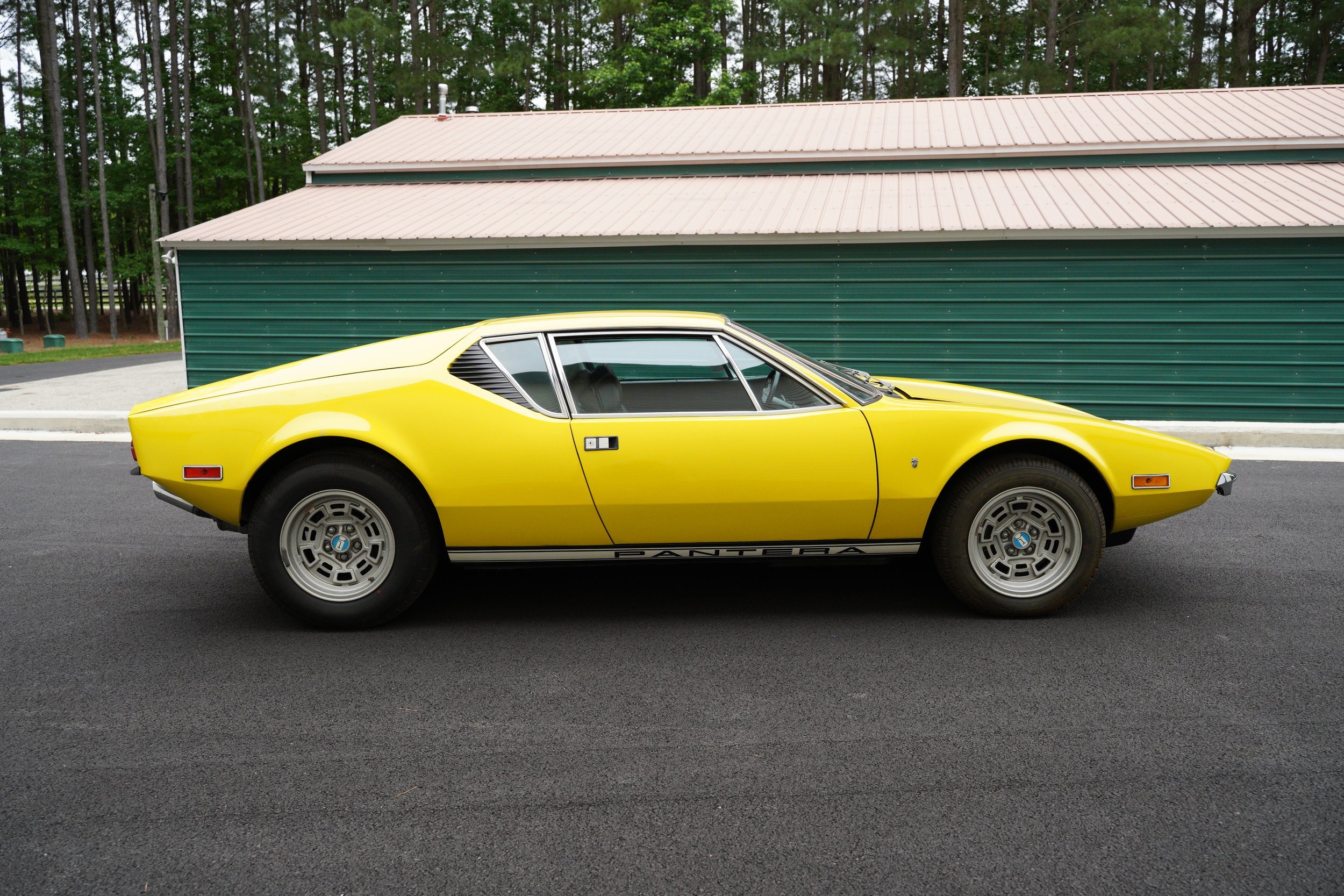
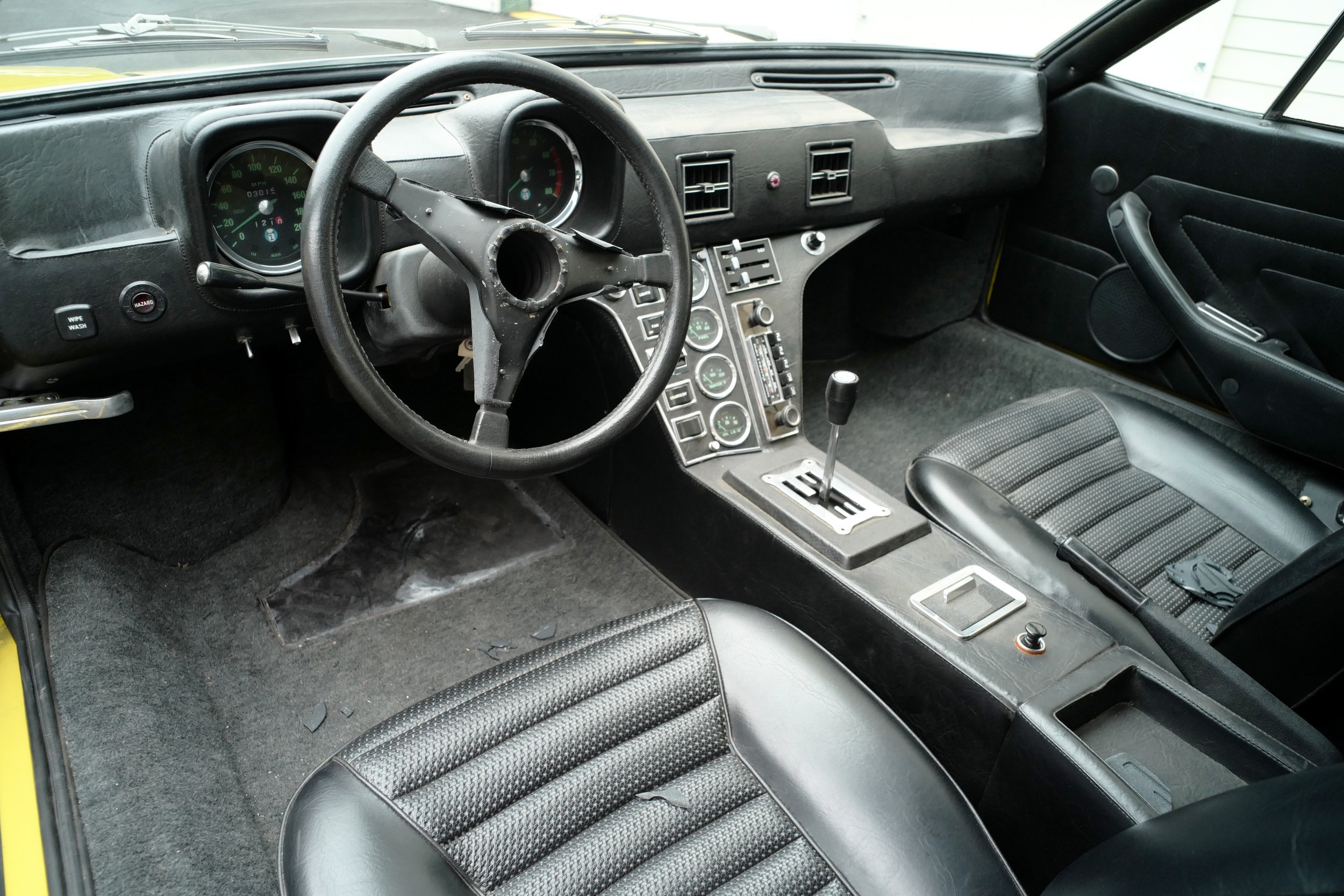
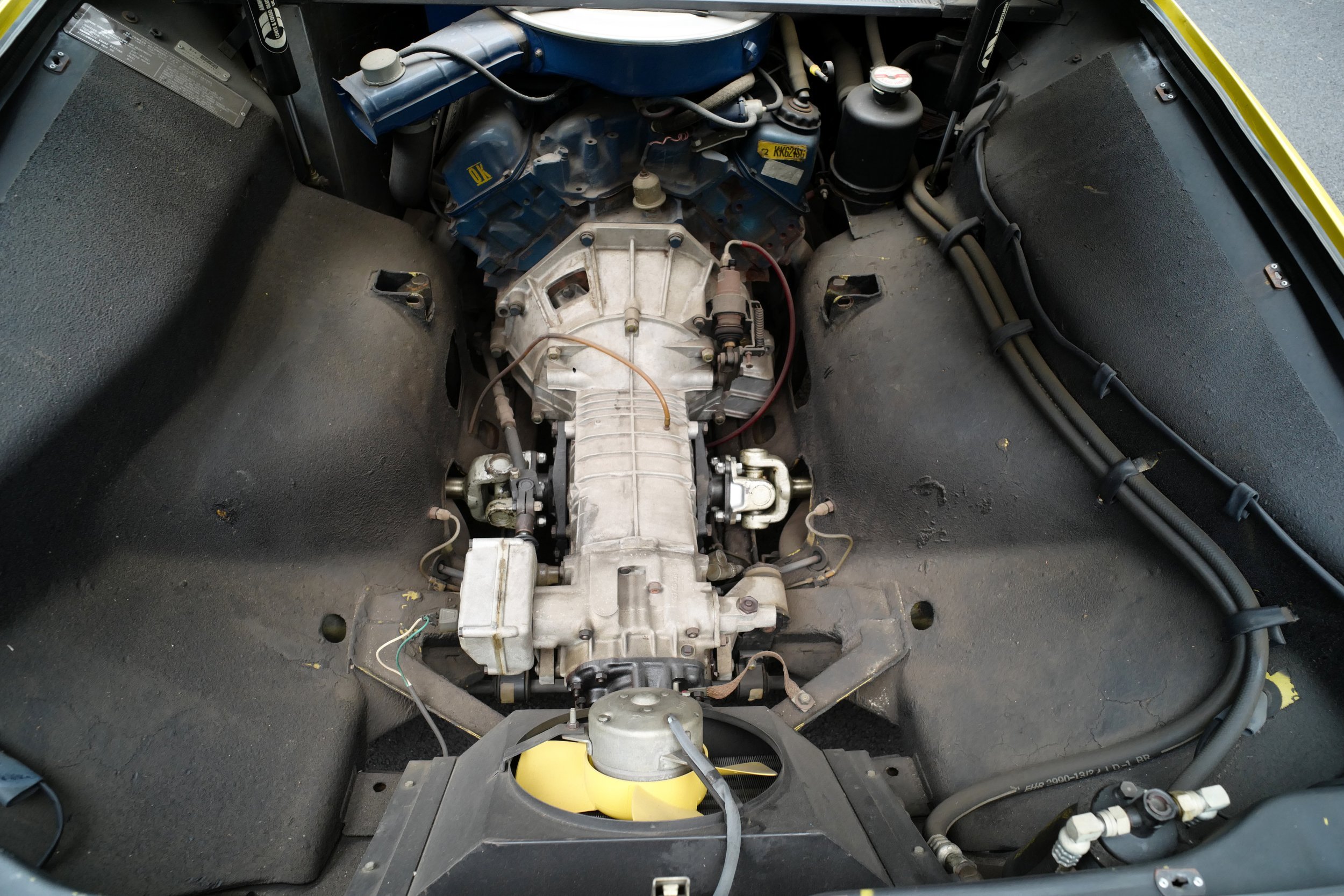
The combination of Alejandro de Tomaso’s knowledge in chassis engineering and reliable, powerful Ford drivetrain in a mid-engine package was brilliant- one of the most effective mid-century ‘hybrids’.
Tom Tjaarda’s very modern design - clean yet dramatic design delivered supercar looks to a new market.
A thoroughly usable exotic that was not really ‘exotic’.
Collector Nick Begovich bought the Pantera new. He recognized the combination of Alejandro de Tomaso’s knowledge in chassis engineering and reliability with the powerful Ford drivetrain in a mid-engine package as brilliant- one of the most effective mid-century ‘hybrids’.
De Tomaso's third and highest volume road-going production model was the iconic Pantera, and it is fitting to see this amongst Nick’s other cars. The Pantera was the automaker's most popular model, a sleek and sporty GT car that was mass-produced and sold through Ford’s Lincoln-Mercury dealership network. Ford desired a car that would overshadow the Corvette and anything else General Motors could produce.
Alejandro de Tomaso’s relationship with Ford first started in 1963, when he developed his first road-car. Pantera was meant for the American market, and Ford kept the rights to serve this market, however, De Tomaso was allowed to sell the car in other parts of the world. In 1970 the Pantera debuted with a brand-new high-volume design concept. It combined the muscle power of an American V8 with signature Italian styling, while offering world-class performance at a fraction of the price of its competitors. Journalists were impressed and noted the Pantera’s design made the Corvette’s look tame in comparison and predicted that they had seen the future of sports cars.
In 1971 approximately 300 Panteras were sold in Europe and when the initial cars arrived in the U.S, it became apparent that further refinement was required. However, in 1973 a combination of the oil & gas crisis and the U.S. emissions requirements caused Ford to lose interest in the Pantera program and shortly thereafter the parties separated in 1974. Several 1975 prototypes and alternatives were shown, but it was just the wrong time. Importation of Panteras stopped at the end of 1974, and soon after, its production.
The first 75 cars were simply European imports and were known for their "push-button" door handles and hand built Carrozzeria Vignale bodies. As with most Italian cars of the day, rustproofing was minimal and the quality of fit and finish on these early models was poor with large amounts of body solder being used to cover body panel flaws. Additionally, the Pantera came with standard features that appeared exotic in Europe; including power windows, factory air conditioning, and even doors that buzzed when open. In 1973 the dashboard was changed, deviating from two separate pods for the gauges to a unified unit with the dials angled towards the driver. On the other hand, its glass body, steel chassis, independent suspension, coil overs, stabilizer bars, and disc brakes all remained unchanged
Pantera Specifications:
Engine: 5.7L V8
Horsepower: 296 @ 6000 RPM
Torque: 332 ft./lbs. @ 4000 RPM
Transmission: 5-Speed Manual
Top Speed: 174 MPH

